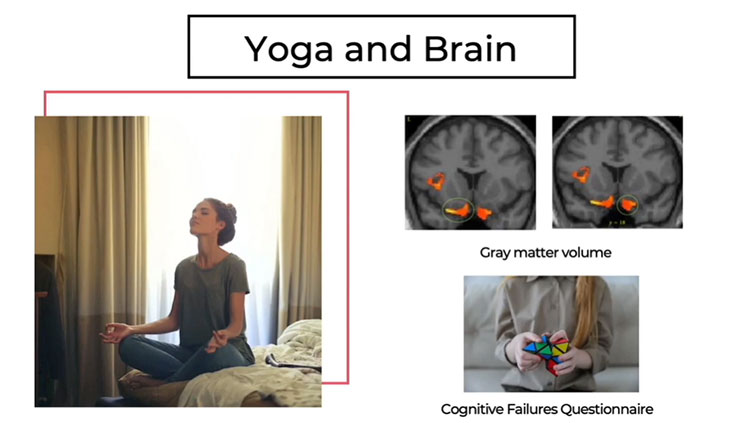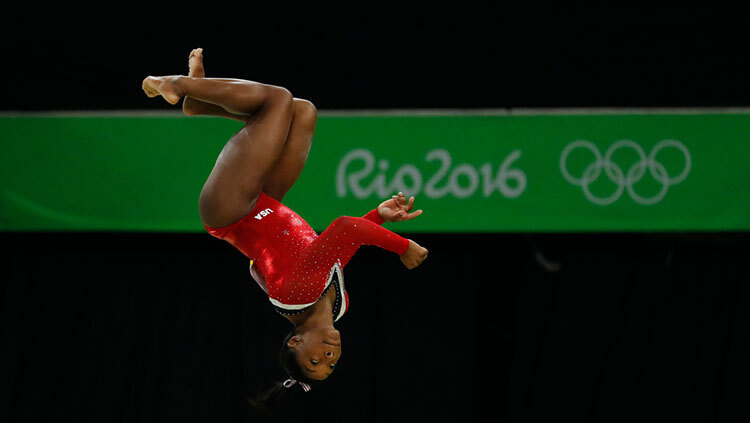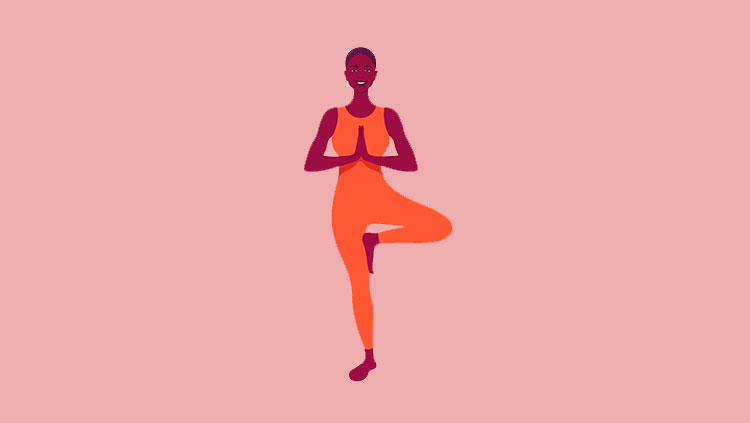Musical sounds can compel you to move. One aspect of a song we tend to move to is its beat — the repeating pulses that underlie the musical pattern. When picking up on the beat, you start to form a mental conception of the beat, predict its future timing, and activate movement areas across your brain. Once you pick up on the beat, your brain and body can work together to lock in and dance to the music.
Storyboard and animation produced by Midnight Snacks for BrainFacts.org.
Scripting by Tristan Rivera.
Editorial Production by Tristan Rivera and Juliet M. Beverly.
Scientific Review by Ramesh Balasubramaniam.
CONTENT PROVIDED BY
BrainFacts/SfN
Transcript
[Music plays] You’re taking in the crowd when the band launches into the next set. Subconsciously, your feet start to tap, [tapping to the beat] and you move to the beat. This synchronized response to music is called “entrainment” [turntables scratch].
As a tune plays, we take in various musical cues like [glimmer] different pitches, rhythms, and beats. Many people lock in their movements almost perfectly to the timing of the beat and its pace over time. Achieving this dancing feat requires you to internalize the sensation of the beat while accurately predicting what’s coming next in the music.
The ability to conceptualize a beat and merge it with our movements is believed to be coordinated by a network of brain areas including [glimmer]: the auditory cortex — which is active as we’re listening to all of the sounds within a song, and movement control and coordination areas like the basal ganglia, supplementary motor area, the premotor cortex, parietal cortex, and the cerebellum.
[Glimmer] These brain areas turn on right as you start to identify a song’s rhythm. Just listening to music without moving activates movement areas in your brain. Once you pick up the song’s beat, they can then fire in sync [beat builds].
This symphony of activation in your head allows you to recognize musical patterns [music stops] in space and time [beat drops] and compels your body to move to the cycles of beats that we understand as music, providing you with your unique ability to groove to the beat [music stops].
[Light splash, swoosh, light splashes]
References
Aijala, J. (2020). Brain Rhythms - How Do We Feel The Beat? BrainFacts.org. https://www.youtube.com/watch?v=fSbrYAwTGkA
Basic Music Theory For Beginners – The Complete Guide. (2023). Icon Collective. https://www.iconcollective.edu/basic-music-theory
Clayton, M. (2012). What is Entrainment? Definition and applications in musical research. Empir Musicol Rev, 7. https://www.researchgate.net/publication/279445641
Grahn, J. (2023). Jessica Grahn - Moving to the groove: musical rhythm and the brain’s motor system. The Neuroscience and Humanities Lab (NHL). University of Parma. https://www.youtube.com/watch?v=9sGpmVXRcyg
Krcmar, M., Haberkorn, K. (2020). Mental Representations. The International Encyclopedia of Media Psychology. https://onlinelibrary.wiley.com/doi/abs/10.1002/9781119011071.iemp0191
Large, E. W., Herrera, J. A., & Velasco, M. J. (2015). Neural Networks for Beat Perception in Musical Rhythm. Frontiers in systems neuroscience, 9, 159. https://doi.org/10.3389/fnsys.2015.00159
Levitin, D. J., Grahn, J. A., & London, J. (2018). The Psychology of Music: Rhythm and Movement. Annual review of psychology, 69, 51–75. https://doi.org/10.1146/annurev-psych-122216-011740
Ross, J. M., Iversen, J. R., & Balasubramaniam, R. (2018). The Role of Posterior Parietal Cortex in Beat-based Timing Perception: A Continuous Theta Burst Stimulation Study. Journal of cognitive neuroscience, 30(5), 634–643. https://doi.org/10.1162/jocn_a_01237
Warren J. (2008). How does the brain process music? Clinical medicine (London, England), 8(1), 32–36. https://doi.org/10.7861/clinmedicine.8-1-32
Also In Movement
Trending
Popular articles on BrainFacts.org

















